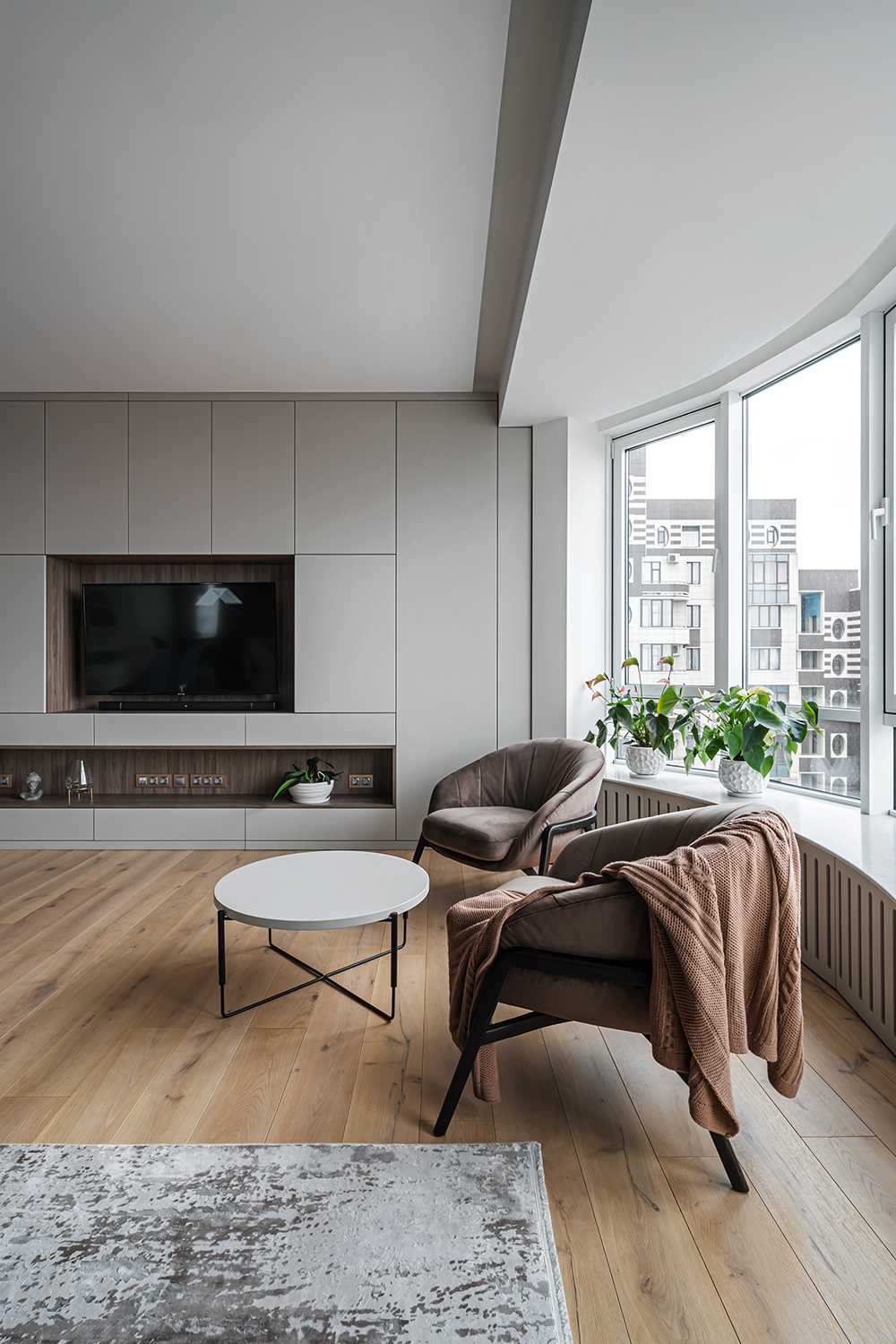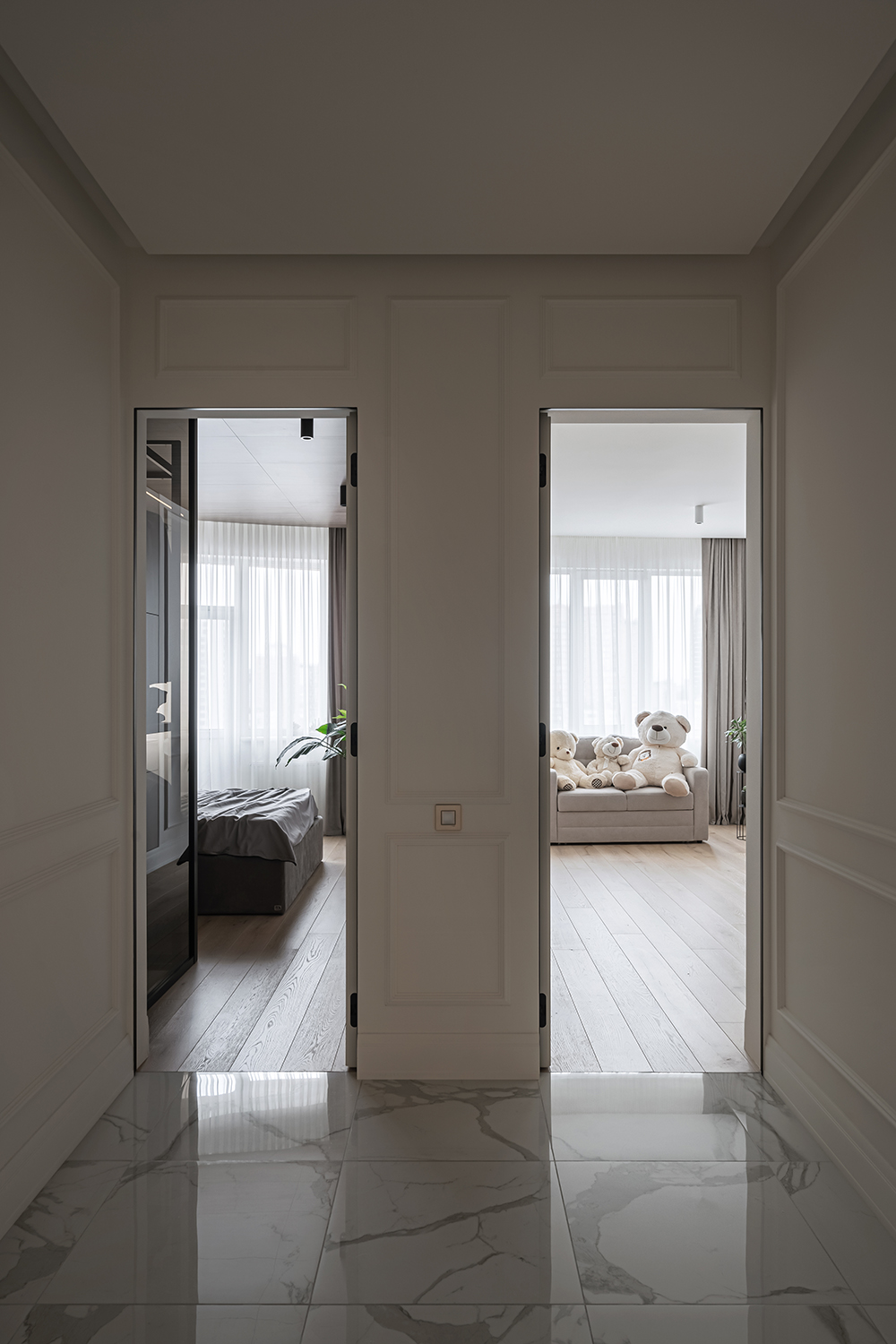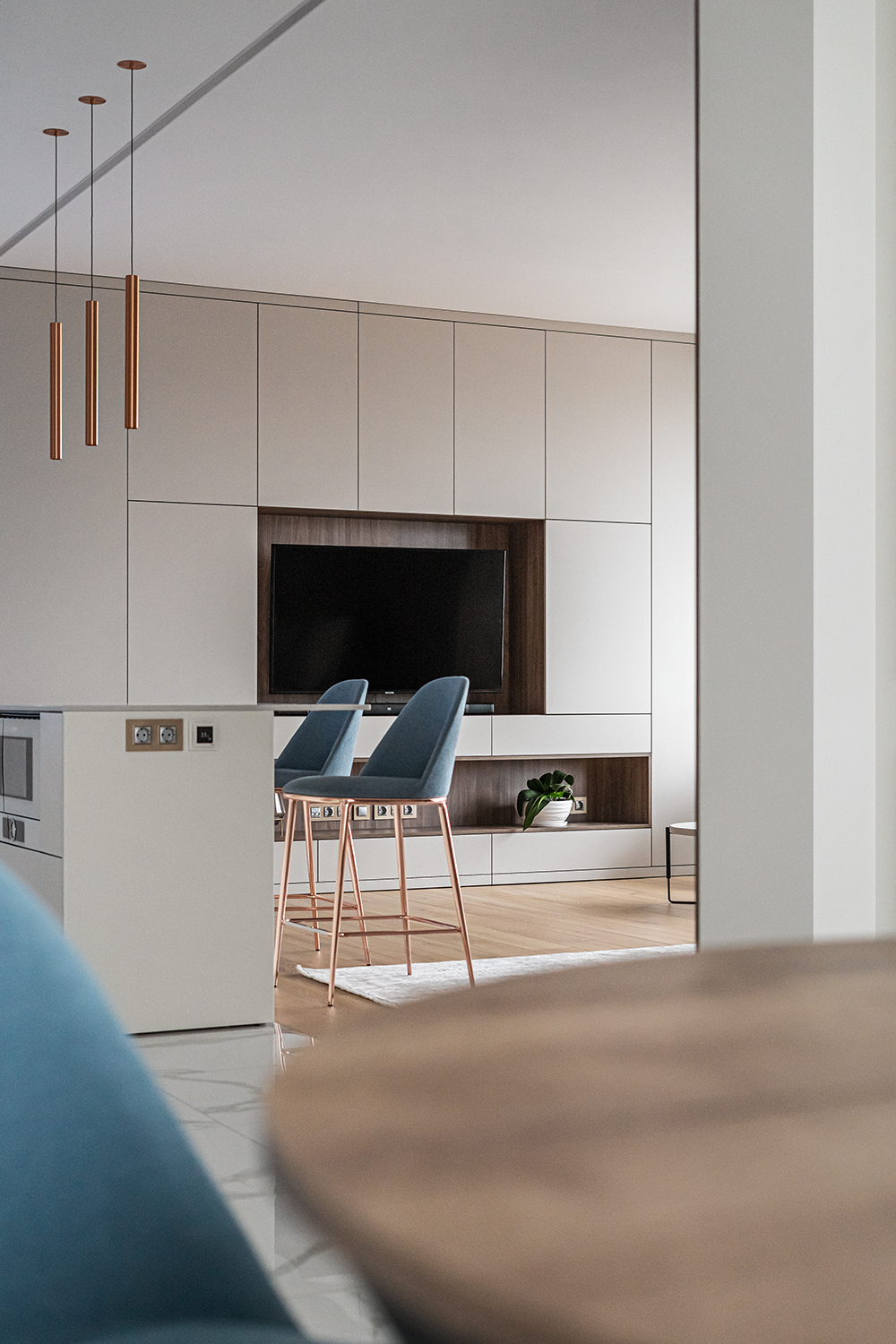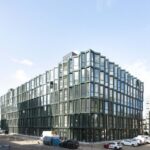
If you’re in the market for a new apartment, you may be surprised at how high rents have climbed recently. The sticker shock can be especially bad if you’ve been in your last place for a long time, whether you owned or had a rent-controlled apartment.
APARTMENTS
After many major cities saw declines in rent during 2020, rents have skyrocketed again. Renters looking for a deal have quickly realized that extra space comes at a big premium.
Given how tight the rental market has become, here’s how to assess how much space you really need and what to expect when you’re looking to rent an apartment.

How Many Rooms Do You Need?
The pursuit of a 2 bedroom apartment for rent can be a daunting task in many urban locales. The underlying reasons for this challenge are twofold. Firstly, current real estate trends lean heavily towards the construction of studio and one-bedroom apartments, as developers aim to accommodate the increasing number of solo dwellers and young professionals. This has inadvertently led to a limited supply of two-bedroom units in many regions. Secondly, the paradigm shift to remote work due to technological advancements and more recently, global health concerns, has bolstered the demand for larger apartments. Individuals are scouting for homes that provide a dedicated workspace, translating to a greater need for an extra room.
Determining the number of rooms suitable for one’s residence is contingent upon a myriad of factors. The nature of your profession and workspace demands play a pivotal role. Those who’ve embraced the work-from-home culture will often deem the extra room in a two-bedroom apartment indispensable. This space serves as a home office, ensuring work-life balance by creating a clear demarcation between relaxation and professional zones.
Furthermore, family dynamics play a crucial role in this decision. For parents, children’s ages and needs are paramount considerations. While younger kids might readily share a room, providing each teenager with personal space might be a more harmonious choice, considering their growing need for privacy and independence. In essence, while urban trends and professional requirements play a role, personal and familial needs remain at the heart of determining the ideal apartment size.

How Much Square Footage?
Bedrooms aren’t the only factor to keep in mind. The number of bedrooms in an apartment will tell you how many separated rooms a unit has (although some listings misleadingly list the living room as a bedroom), but the square footage tells you how much actual space you have.
One alarming trend in real estate is that over the decades, the average size of a house has increased while the average size of an apartment has decreased.
Not everyone hears the square footage of a place and understands what that means. Here’s a quick breakdown of what you should expect:
100-300 square feet: Micro-apartments that are incredibly small, effectively just a room and a bathroom, but higher-end micro-apartments may make use of vertical space and innovative storage, and they’re often found in desirable neighborhoods.
200-600 square feet: These are either bachelors or studios. The difference is that a studio has a separated kitchen, whereas a bachelor has the kitchen and living/bedroom all in one space.
500-1000 square feet: This is the average size of a 1 bedroom apartment. Note the size of this range.
1000 square feet: This is the average size of a 2 bedroom apartment.
1200 square feet: This is the average size of a 3 bedroom apartment.
Outdoor Space: Balcony vs. Backyard
Access to outdoor spaces is more than just a luxury; it’s a respite for mental well-being, offering an oasis from the confines of indoor living. In the diverse realm of apartments, outdoor access varies significantly, ranging from personal balconies to expansive backyards or sometimes none at all.
Older apartment complexes might lack direct outdoor access. Instead, they might compensate with shared community spaces or gardens. In contrast, modern apartment towers often boast balconies, a feature that allows residents to feel a connection to the outside world. Even the most compact balcony can become a sanctuary where one can soak up sunshine, breathe in fresh air, and temporarily escape the indoors. However, there is a caveat: apartments located in towering heights may present balconies that are subject to strong winds, making them less enjoyable.
For families with younger children or pet owners, particularly those with dogs, a backyard is a gold standard. Such a space not only provides room for play and exploration but also gives a sense of freedom and autonomy. A backyard offers a larger and more versatile space, enabling gardening, barbecues, and other outdoor activities that simply aren’t feasible on a balcony.
Ultimately, while both balconies and backyards have their unique charm and benefits, one’s preference hinges on their lifestyle and what they prioritize in outdoor living.
Images – Light Scandi Apartment by Tabooret, photographed by Andrii Shurpenkov



